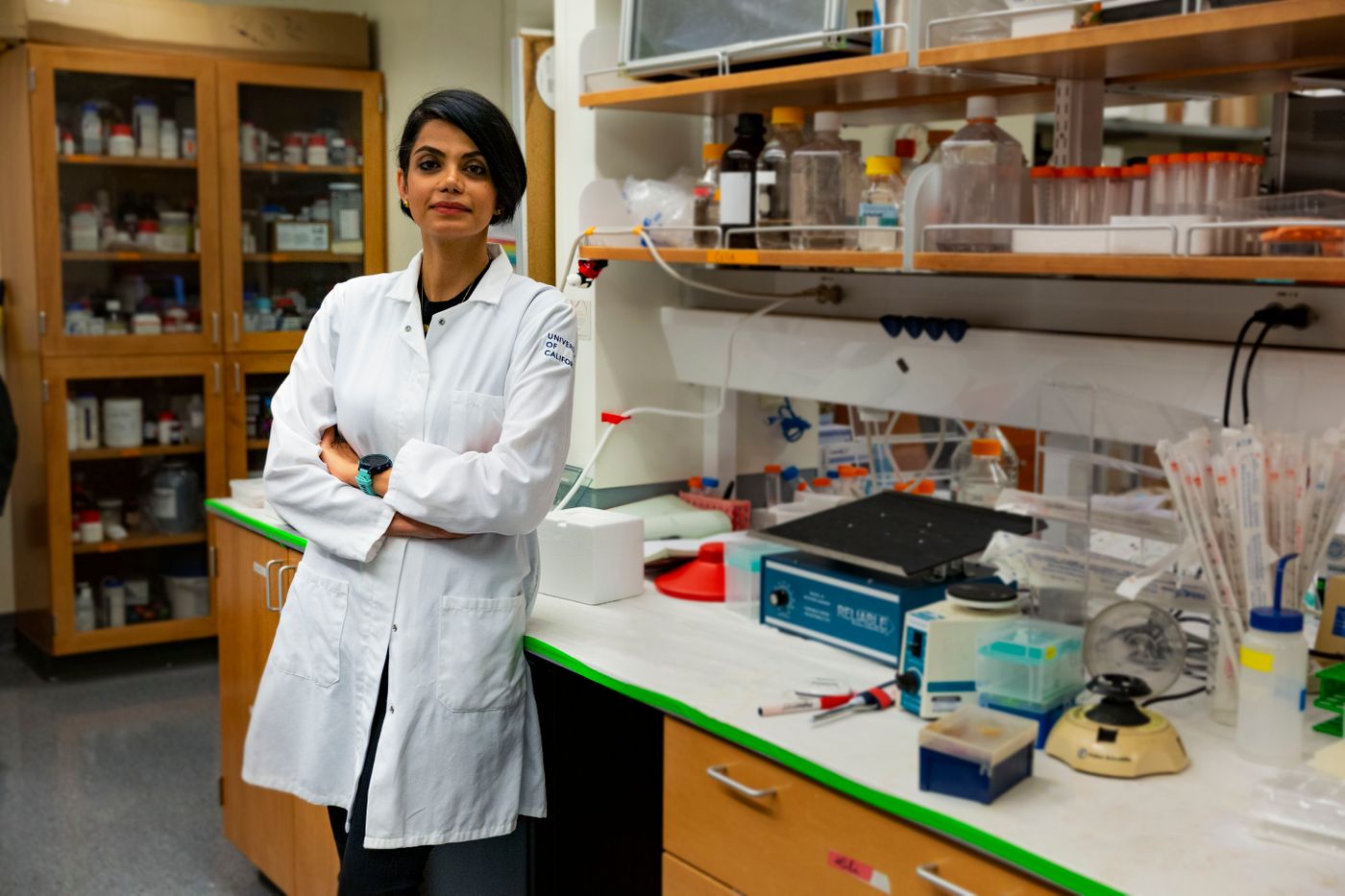Utilizing CRISPR Technology for Digital Detection of Genetic Material
LabRoots is pleased to announce speakers, Kiana Aran, Ph.D. and Brett Goldsmith, Ph.D., who have recently developed a gene detection biosensor utilizing CRISPR technology and graphene, to present at the Molecular Diagnostics 2019 Virtual Conference.
Graphene has long been known for its semiconductor capabilities and now it's being put to work in biosensors. Kiana Aran, Ph.D., Co-Founder of Nanosens, Assistant Professor of Biomedical Sciences at Keck Graduate Institute, Visiting Assistant Professor at UC Berkeley and Brett Goldsmith, Ph.D., CTO at Cardea have successfully married the semiconductor capabilities of graphene with CRISPR technology to detect target sequences within intact genomic material. In a paper published yesterday in Nature Biomedical Engineering, an electrical biosensor combining CRISPR/Cas9 and a graphene field-effect transistor detects targeted genetic material within 15 minutes. Normally, amplification is necessary to detect target genes, but in the paper, it was shown that amplification isn't necessary when combining the "CRISPR robot" with the nano-electronic biosensor system.
To build the system, Aran and Goldsmith used a modified version of Cas9 protein (dCas9) within the CRISPR complex, which "holds on" rather than editing when this modified CRISPR finds the target genes. Utilizing special chemical linkers, neutered Cas9 enzymes were put on each graphene sensor. With modified Cas9 on the graphene surface, Aran and Goldsmith monitored the energy change on the surface of the graphene when the CRISPR "held on" to the targeted genetic material.
Aran and Goldsmith look to further develop CRISPR-Chip for CRISPR quality control (CRISPR QC) in an effort to overcome some of the challenges faced to achieve safe and effective human gene editing, with hopes to eventually read out what's interacting with CRISPR. For more information, see the Nature Bioengineering article written by Dr. Kiana Aran and Dr. Brett Goldsmith.







![Everything You Need To Know About NGS [eBook]](https://d3bkbkx82g74b8.cloudfront.net/eyJidWNrZXQiOiJsYWJyb290cy1pbWFnZXMiLCJrZXkiOiJjb250ZW50X2FydGljbGVfcHJvZmlsZV9pbWFnZV9mNTM1ZjIyYzA5MDE5ZmNmMWU5NmI0ZDc4NWU2MzdiZTZlN2I5ZDk5XzE4NDUuanBnIiwiZWRpdHMiOnsidG9Gb3JtYXQiOiJqcGciLCJyZXNpemUiOnsid2lkdGgiOjcwMCwiaGVpZ2h0IjozNTAsImZpdCI6ImNvdmVyIiwicG9zaXRpb24iOiJjZW50ZXIiLCJiYWNrZ3JvdW5kIjoiI2ZmZiJ9LCJmbGF0dGVuIjp7ImJhY2tncm91bmQiOiIjZmZmIn19fQ==)


